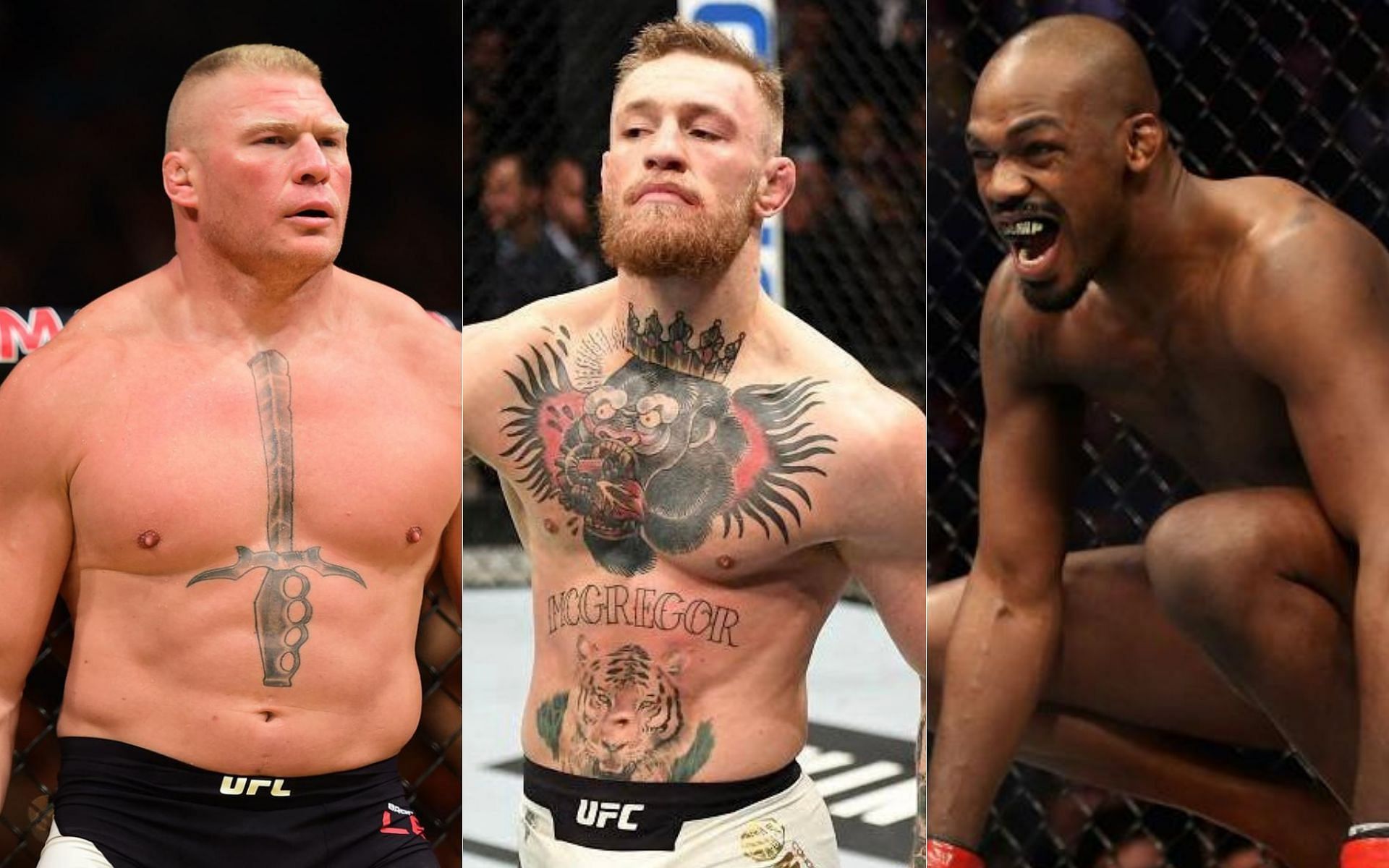
5 infamous USADA-based controversies in the UFC
It’s now been seven years since the UFC decided to partner with the US Anti-Doping Association (USADA) for its drug testing program, and it’s probably fair to say that the promotion is cleaner for it.
Since its inception in 2015, though, there have been a number of USADA-based controversies in the UFC, bringing into question exactly how effective the drug testing program is.
Whether there will be more controversies in the future as the program continues remains to be seen. For now, there are definitely a handful of discrepancies worth looking at.
Here are five USADA-based controversies in the UFC.
#5. Conor McGregor avoids drug testing during the first nine months of 2022
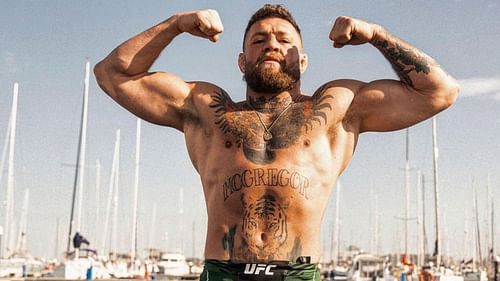
The most recent USADA-based controversy surrounds former UFC lightweight champion Conor McGregor, the promotion’s biggest star.
While ‘The Notorious’ has never failed a drug test during his near-decade long career inside the octagon, it has recently come to light that he actually hasn’t been tested by USADA during 2022.
McGregor hasn’t fought since suffering a serious leg injury in his 2021 bout with Dustin Poirier, nor does he have a future bout scheduled at this point. With that said, most UFC fighters are routinely tested out of competition even when they’re not booked.
Why the Irishman hasn’t been tested this year remains a mystery. When asked about the situation, USADA simply claimed that they “wouldn’t comment on the testing pool status of any participating athlete.”
Given that McGregor was tested on eleven occasions during 2021 – making him one of the promotion’s most tested fighters – one would like to think that there’s no smoke here. However, given ‘The Notorious’ has bragged on social media about the mass he’s added to his frame, it’s easy to see why his current status has raised suspicions.
Either way, it’s likely that this story won’t stop for a while yet. The only hope is that McGregor – as is likely – will be tested prior to any return bout he might take.
#4. Paulo Costa drug tested by USADA hours before the UFC 278 weigh-ins
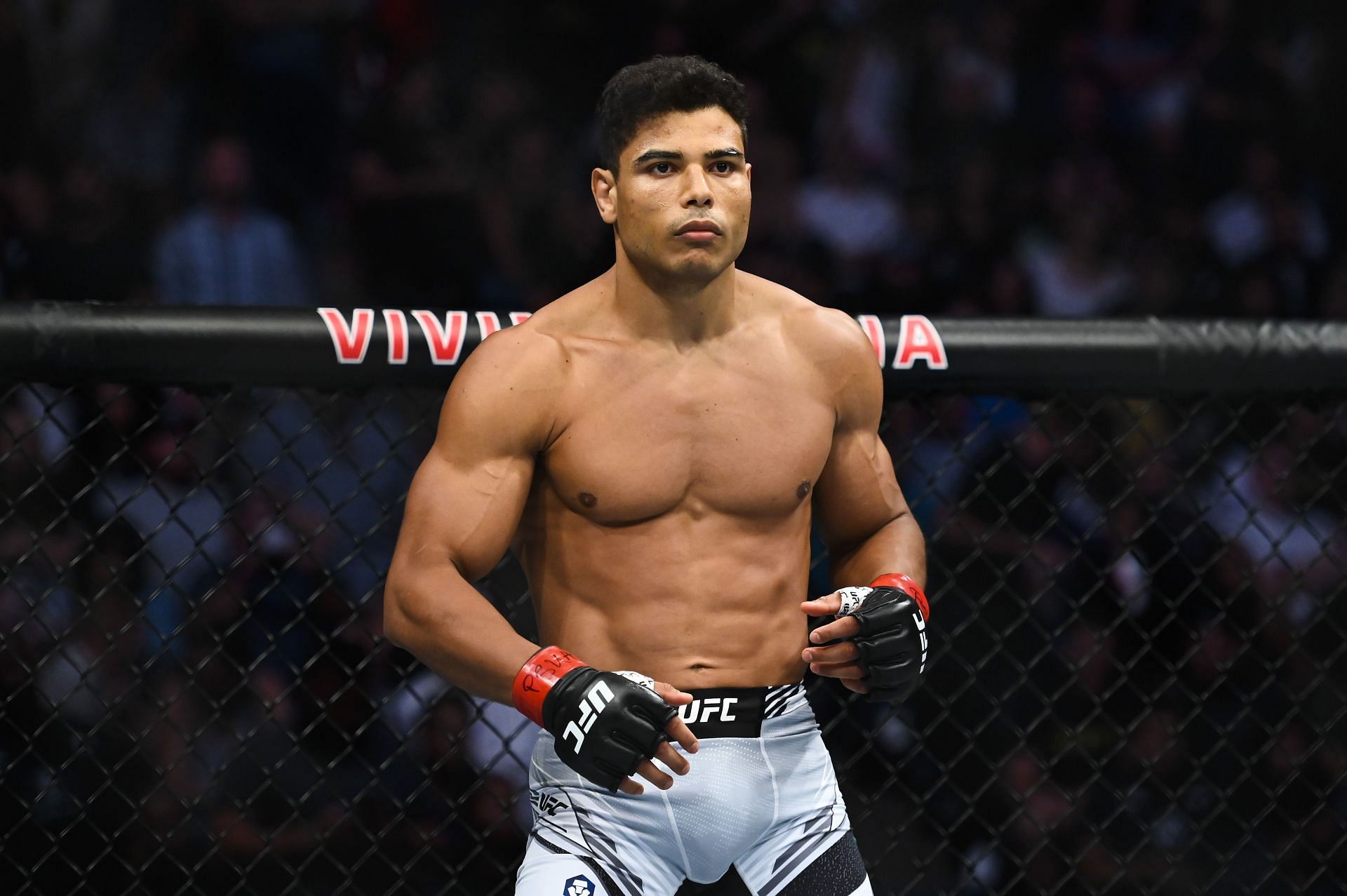
The UFC’s drug testing partnership with USADA means that the promotion’s athletes can essentially be tested for banned substances at any time, in any place. However, that idea went a little too far when it came to testing middleweight Paulo Costa earlier this year.
Eyebrows were raised when ‘The Eraser’ shouted “f*ck USADA” after weighing in for his clash with Luke Rockhold at UFC 278. His anger with the anti-doping agency quickly became understandable.
It emerged that USADA had decided to visit and test Costa literally hours before the weigh-in, demanding to take a blood sample from the Brazilian just as he entered the final phase of what was likely a grueling weight cut.
Remarkably, Dana White quickly took Costa’s side in the issue, revealing that he’d apologized to ‘The Eraser’ before claiming that the same thing would never happen to another fighter. White confirmed that the promotion had spoken to USADA to avoid a similar situation arising again.
Thankfully for Costa, he didn’t appear to have any ill effects from the badly-timed test, as he overcame Rockhold in a fight that won both men a $50k bonus.
#3. Anthony Pettis sues USADA after cutting his hand at UFC 241
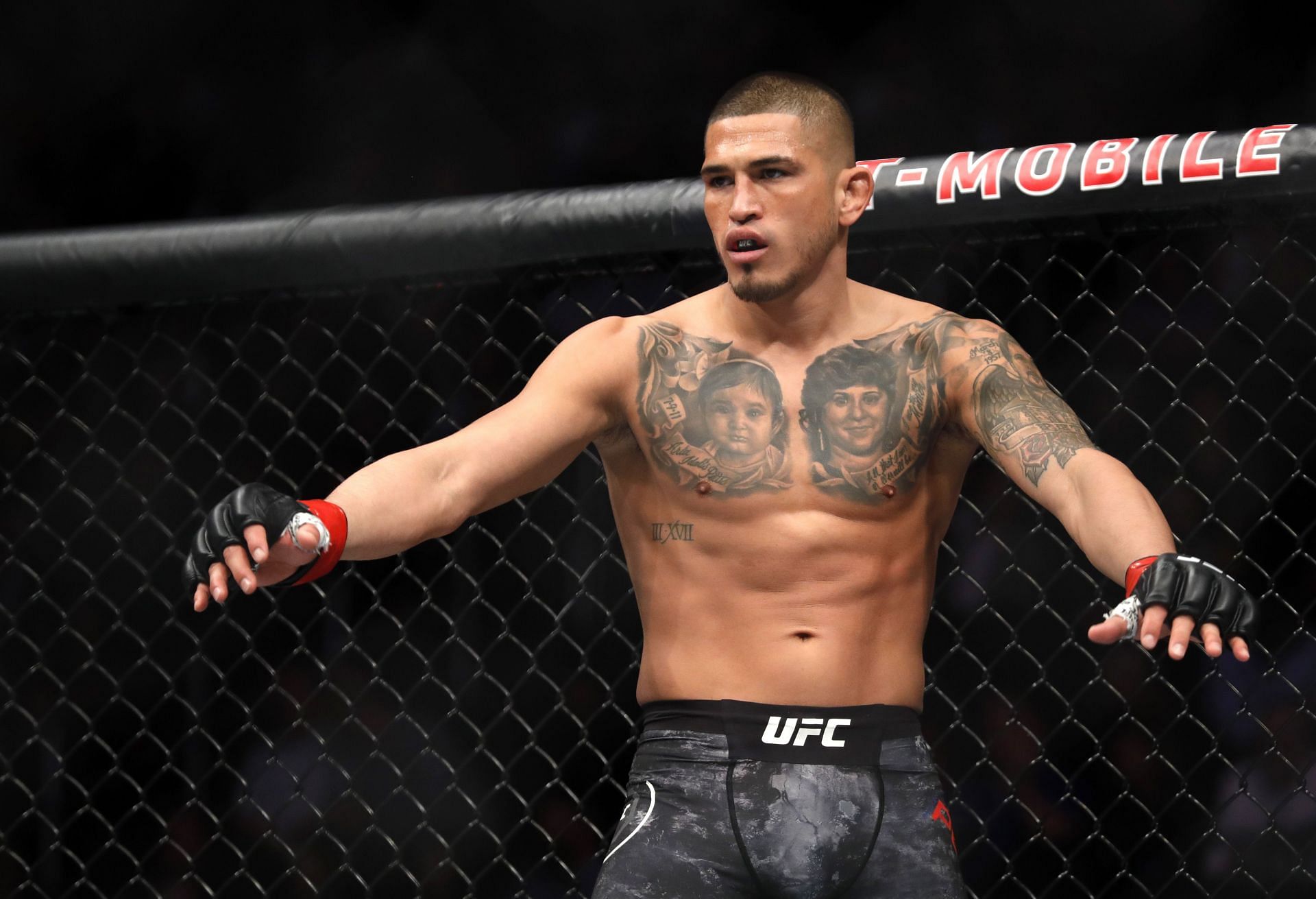
A number of UFC fighters have had grievances with USADA since the inception of the promotion’s anti-doping program in 2015, with the majority of them coming due to disputes over positive tests for banned substances.
However, that wasn’t the case for former lightweight champion Anthony Pettis. 'Showtime' revealed in January 2020 that he was suing the anti-doping agency after an incident that occurred prior to his 2019 clash with Nate Diaz.
Prior to the clash, Pettis was required to complete a urine test, only for his first sample to be invalidated as it was too diluted. This is a common occurrence due to a fighter rehydrating after his weight cut.
That meant that just an hour and a half before the fight, Pettis was forced to take a second test. As USADA regulations stated that nobody else could touch the glass bottle used to collect the sample, ‘Showtime’ had to screw the lid onto the container himself.
In a freak accident, the container then cut Pettis’ right hand, forcing doctors to have to glue the gash together. ‘Showtime’ went onto lose his fight with Diaz via unanimous decision – something that could easily be blamed on his injury.
As of the time of writing, no outcome to the lawsuit has been determined, but given that Pettis believed he didn’t need to be tested so close to his fight anyway, it’s probably fair to suggest that his argument was valid.
#2. UFC 232 moved from Nevada to California after Jon Jones tests positive
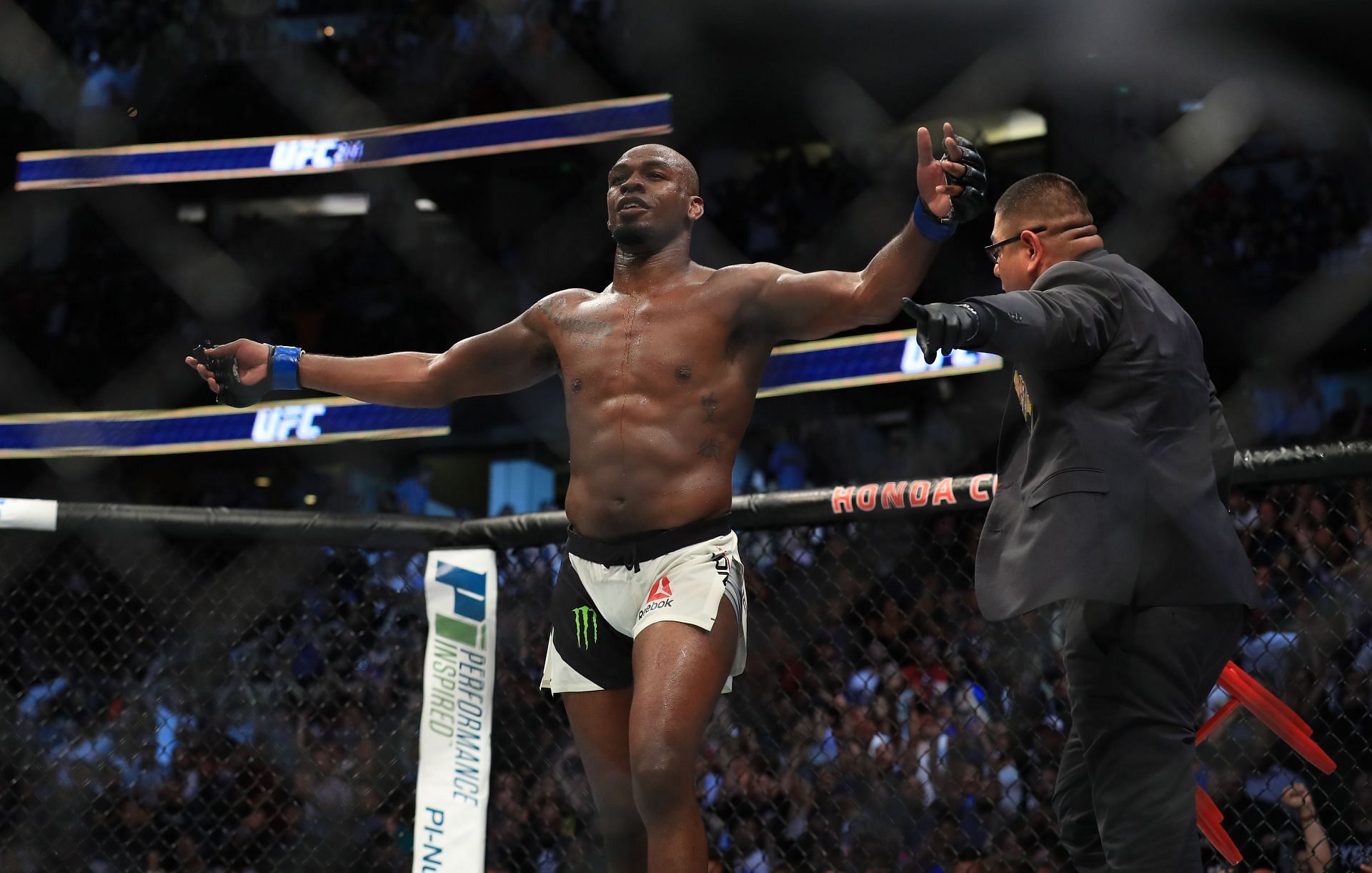
It’s arguable that the biggest fish caught by USADA during their time as the UFC’s anti-doping partners is former light-heavyweight champion Jon Jones.
‘Bones’ first tested positive for the banned substance clomiphene in July 2016 and was subsequently suspended for one year. Upon his return, he defeated Daniel Cormier to regain the light-heavyweight title only to test positive again, this time for the anabolic steroid turanibol.
The test resulted in a 18-month suspension, but remarkably, the controversy surrounding the former 205lbs kingpin had only just begun.
Jones became eligible to compete again in late 2018, and was quickly scheduled to face Alexander Gustafsson in the headliner of the year’s final event, UFC 232. The fight card was due to take place in Las Vegas, Nevada.
Days prior to the event, it was revealed that USADA had picked up on an abnormality in Jones’ pre-fight drug test. This resulted in the Nevada State Athletic Commission refusing to licence him.
Rather than slap him with another suspension, the anti-doping agency claimed that the abnormality was a result of his initial use of turanibol in 2017. The claim from USADA was that metabolites of the substance were still “pulsing” in his system.
Incredibly, the UFC decided the best course of action was not to simply postpone the fight – but to move the entire event to Inglewood, California. This caused a massive inconvenience for both the other fighters competing on the card and fans who had bought tickets.
Whether Jones was truly innocent in this incident remains up for debate. It’s safe to say that the seemingly special treatment he received from both the UFC and USADA caused plenty of controversy.
#1. Brock Lesnar granted an exemption from USADA testing prior to UFC 200
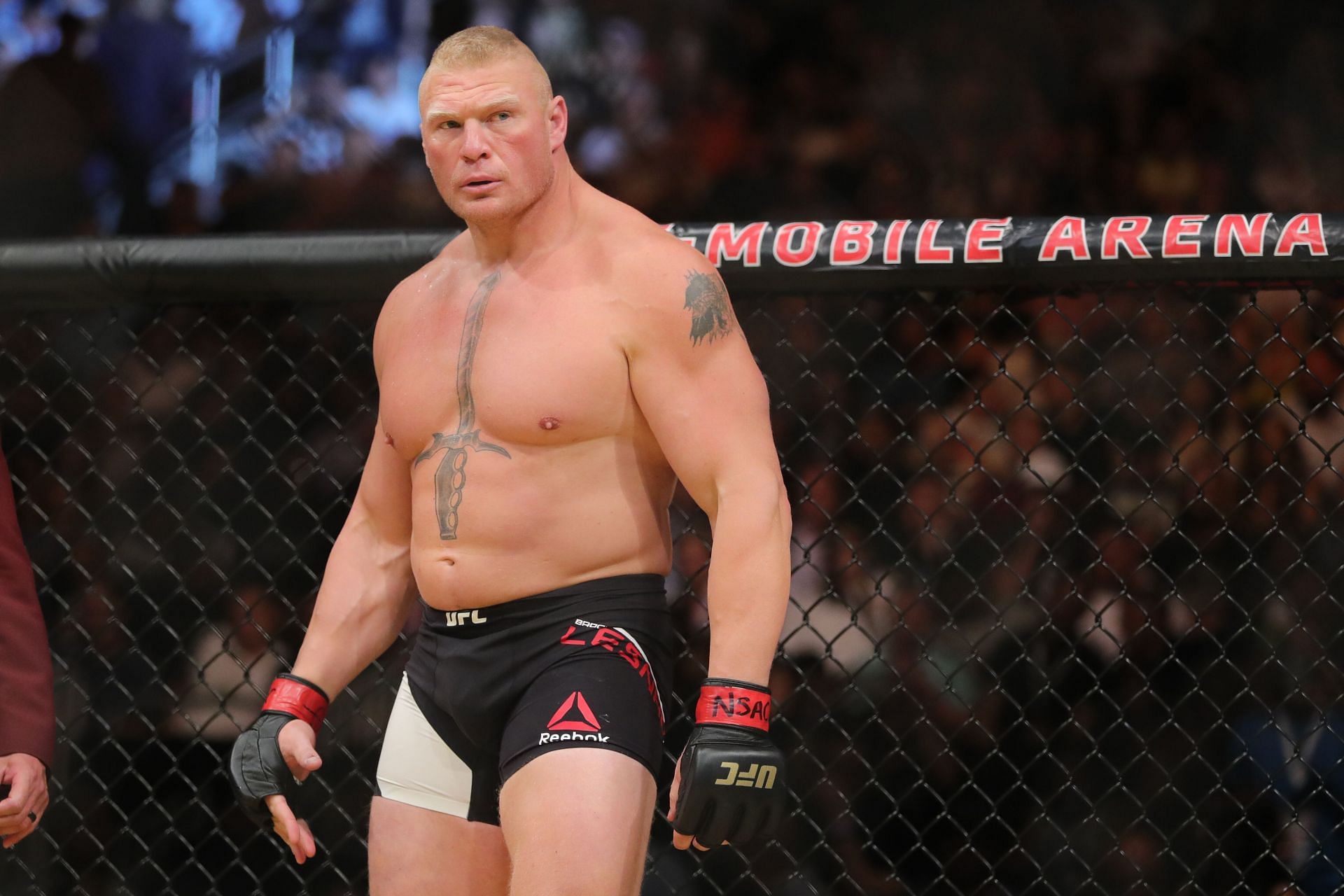
Perhaps the most infamous example of a USADA-based controversy that erupted in the UFC remains the case of former heavyweight champion Brock Lesnar, who returned for a one-off fight in the octagon in the summer of 2016.
‘The Beast Incarnate’ hadn’t fought since 2011 and had returned to WWE in the meantime. Lesnar defeated Mark Hunt via unanimous decision after three rounds, but things quickly took a sinister turn in the aftermath.
Controversy had already reared its head in the build-up to the fight. It emerged that unlike other fighters returning from retirement, Lesnar was given an exemption from the four-month testing window that should’ve led up to the bout.
The promotion essentially used a somewhat shady rule to get around this – claiming that as Lesnar had initially retired years before the partnership with USADA. Forcing him into four months of testing would’ve been unfair, and so he was treated like a new signing instead.
The situation only became muddier when Lesnar tested positive for the banned substance clomiphene in his post-fight drug test.
When it later emerged that one of his pre-fight tests – eleven days before the bout – had also been positive for the substance, many fans asked an obvious question: why was the WWE star allowed to compete in the first place?
It was also asked by Hunt, who ended up suing the promotion, Dana White and Lesnar himself. Hunt claimed that they knew about Lesnar’s use of the banned substance and let him fight anyway.
While the lawsuit was eventually dismissed, it’s safe to say that this USADA-based controversy didn’t paint the UFC in a good light at all.
